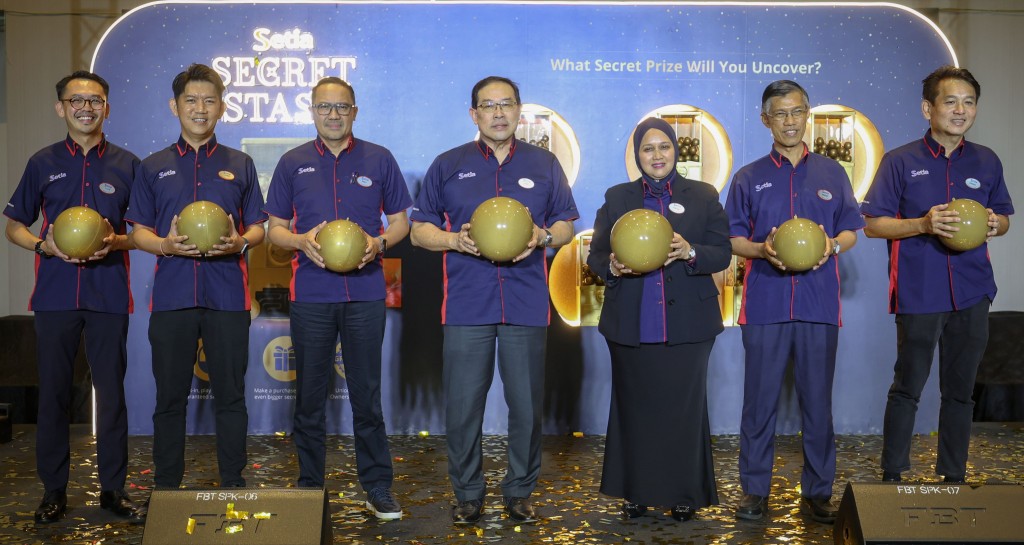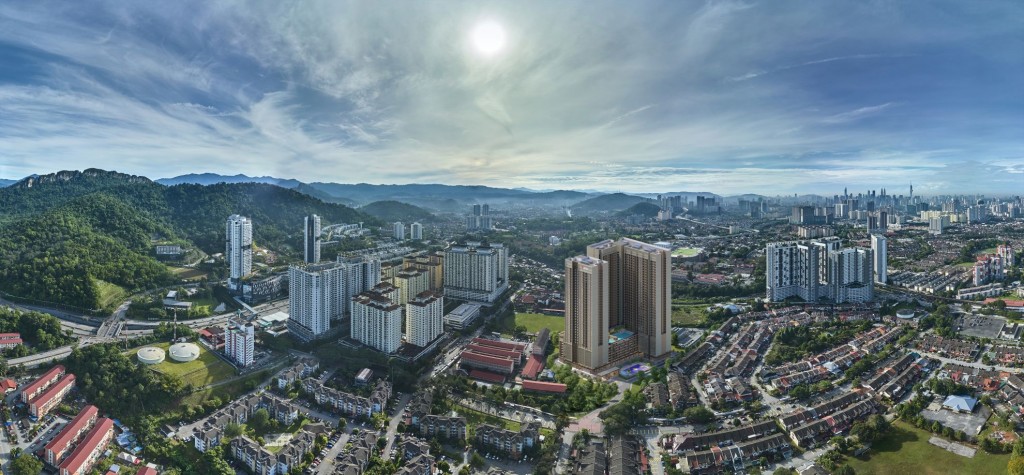Due in part to Malaysia's highly varied cultural heritage, there are many intriguing forms of traditional dance
As part of BEST@ Malaysia, the latest instalment in the BEST@ series, we took a look at various forms of traditional dance in the country to highlight the vast range of influences that make up the tapestry of Malaysian culture.
You do not need to be a professional dancer to have some moves of your own. Sometimes when the music is just too good, you can’t help but dance to it. Even if you don’t know the exact steps, you can always find ways to have some fun moving your body – our ancestors have been dancing for years and they surely know how to have fun.
Since the celebration of Malaysia’s nationhood is just around the corner, and there are as many forms of dance in existence now as there are ways to get your groove on, we figured it would be a good time to highlight some of the popular cultural dance forms in Malaysia.
#1 Mak Yong
Some believe that this dance form has been here since well before the Islamisation of Malaysia. Originating from Kelantan, this unique dance was typically performed in a royal theatre under the direct patronage of the Kelantan Sultanate until the 1920s.
It’s not called dancing if it’s not accompanied by good music. The musical instruments used in Mak Yong are the spiked lute, gong, kesi (finger cymbals), drum, and flute. The music and melody fit perfectly with the dance while revealing a drama of its own. Besides being intended for entertainment, this dance is also regarded as a healing process when the ritual is performed. Since the Mak Yong dance is believed to have a mystical element, the conservative state government of Kelantan banned performances of the Mak Yong in 1998.
#2 Kuda Kepang
When Javanese immigrants first arrived in Johor, they brought the Kuda Kepang with them – adding yet another dimension of regional influence to Malaysia's multifaceted culture. Despite being a traditional dance form, the Kuda Kepang is still widely known and popular in Johor. The Kuda Kepang is believed to involve spirit possession, and it is common to find dancers entering a trance during the activity. During the show, the audience can see dancers perform unbelievable physical feats without getting hurt.
The dancers, usually a troupe consisting of 9 people, are called ‘pemain’ or ‘players’. These players are dressed in traditional Javanese attire while telling a story through their body movements. While they’re dancing, they’ll be accompanied by music mainly produced with an angklung (bamboo handbells), gendang (two-headed drum), jidur (tom drums), and other traditional instruments.
#3 Zapin

The Zapin is the most popular Malay dance form in Malaysia, especially in Selangor, Johor, and Pahang.
Before the age of gender equality, the Zapin used to be only performed by male dancers, but we can now see women performing this kind of dance. Some believe that this dance was introduced by Persian and Arab missionaries arriving in Malaysia during the fifteenth century.
The music for a performance of the Zapin is made from a mixture of traditional and contemporary instruments such as the gambus (short-necked lute), marwas (double-sided hand drum), and the violin. The style of dance for the Zapin varies from state to state. In Zapin, you can play with each other, tease, challenge, or simply enjoy each other’s company. Usually, this dance is performed in pairs – so grab a partner and let’s dance!
#4 Lion Dance

The Lion Dance is a typical dance you can see in Malaysia – especially during Chinese New Year celebrations.
The Lion Dance was at various times banned due to surging nationalist sentiments, but it is now considered a treasured part of Malaysia’s varied culture and proud heritage.
Performed by pairs of dancers, the Lion Dance requires participants to be physically and mentally fit as the movements are highly representative of martial arts feats. The head and trailing cloth body of the lion costume can weigh nearly as much as a human being and the most popular routines typically involve one dancer lifting the other (and the lion head) high above the shoulders.
The Lion Dance is accompanied by a cacophony of tanggu (drums), cymbals, and gongs. The dancers under the lion costume must move to the beat, accompanied by the continuous explosions of firecrackers to add to the mood. The big lion head attached to the costume is equipped with blinking eyes that give the lions their character and are often operated by the teeth of the dancer carrying the head.
#5 Bhangra

When the harvest season comes, the Punjabi people perform a traditional dance to celebrate the reaping of crops.
Originating from the Punjab region of India, this dance was introduced into Malaysia by Sikhs accompanying the British during the early 20th century.
A thol drummer powers this dance with a drum that can be hung around the neck of a dancer and played with sticks. The thol drummer leads dancers through numerous Bhangra routines, progressing from relaxed and casual steps to lively movements and stunts. This type of dance is not only performed during the harvest season in accordance with tradition, but it can also be found at festivals, weddings, parties, and corporate functions.
#6 Sumazau

As the world-famous representation of native Sabahan culture, the Sumazau is performed during the Tadau Harvest festival in May.
Originating from the Kadazan-Dusun ethnic groups of indigenous people, the Sumazau is performed as a thanksgiving to celebrate the planting and harvesting of rice, resistance against oppression, polytheistic worship, and to cure diseases.
Dancers typically perform while wearing the traditional dress of the Kadazan-Dusun people, and this dance is performed with the accompaniment of gongs in different sizes and a unique drum rhythm. Being inspired by the flying patterns of eagles, dancers mimic bird wings with their arms and perform in close proximity to each other without touching. You can find the Sumazau dance being performed at weddings and special occasions.
#7 Magunatip Bamboo Dance

Another popular dance form in Sabah is the Magunatip, also known in other parts of the Southeast Asian region as the bamboo dance.
Another popular dance form in Sabah is the Magunatip, also known in other parts of the Southeast Asian region as the bamboo dance. It’s an entertaining and challenging form of dance because you need to have perfect timing and movement to make sure your feet aren’t trapped between the clapping bamboo. After a while, the tempo and the music will become increase, and the dancers have to up the speed in their dancing routine.
Historically, Magunatip was performed to welcome indigenous Murut headhunters returning from conflicts. That’s why it can seem a little intense and challenging. Nowadays, this kind of dance can be commonly found at cultural functions and celebrations.
Read on about the six most iconic colonial-era buildings in Malaysia here.
Stay informed and subscribe to the StarProperty Monthly Newsletter here.
If you’re interested in reading more stories from BEST@ Malaysia, the latest instalment of the BEST@ series, subscribe here.
















































